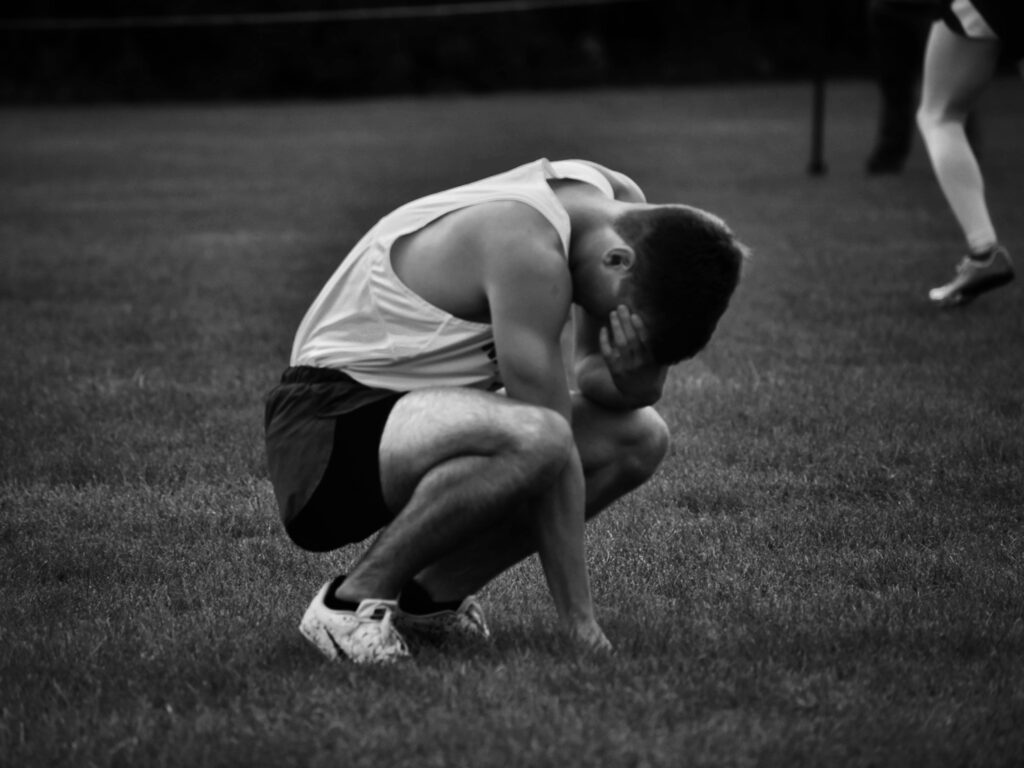Now Reading: Exercise Programs for Addiction Recovery: A Path to Long-Term Healing
-
01
Exercise Programs for Addiction Recovery: A Path to Long-Term Healing
Exercise Programs for Addiction Recovery: A Path to Long-Term Healing

Recovering from addiction is a complex process. It affects not only the mind but also the body and spirit. While therapy and support groups form the foundation of recovery, adding physical activity can enhance healing. Exercise programs for addiction recovery are gaining attention for good reason. They help reduce cravings, improve mental health, and create healthy routines that support long-term sobriety.
The Science Behind Movement and Recovery
Substance use disrupts the brain’s reward system. It affects dopamine, the chemical that influences mood, motivation, and pleasure. Exercise also activates dopamine, serotonin, and endorphins—natural chemicals that improve mood and reduce stress. According to the National Institute on Drug Abuse, regular physical activity can help restore chemical balance in the brain and support behavioral change during addiction recovery (NIDA, 2018).
Why Exercise Matters in Recovery
Many people in recovery experience symptoms like anxiety, depression, irritability, and low energy. These symptoms can make it hard to stay sober. Exercise helps regulate these emotional ups and downs. It provides a healthy outlet for frustration, lowers stress hormones, and boosts self-esteem.
A 2014 study published in Frontiers in Psychiatry found that individuals who participated in aerobic exercise programs during treatment had lower relapse rates and reported feeling more optimistic about their recovery (Wang et al., 2014).
Top Benefits of Exercise Programs for Addiction Recovery
1. Improved Mental Health
Exercise stimulates the release of brain chemicals that combat anxiety and depression. For someone in recovery, this means a better mood and reduced emotional distress.
2. Reduced Cravings and Triggers
Physical activity can distract the brain from urges and cravings. It shifts focus away from addictive thoughts and replaces them with a sense of accomplishment and well-being.
3. Better Sleep
Many in early recovery struggle with insomnia. Regular exercise helps reset the body’s natural sleep cycle, leading to deeper, more restorative sleep.
4. A Sense of Purpose and Routine
One of the biggest challenges in addiction recovery is filling time that was once used for substance use. Exercise introduces structure. It encourages people to set goals, show up, and build healthy routines.
5. Physical Health and Confidence
Substance use can damage the body. Exercise strengthens the immune system, improves cardiovascular health, and helps repair physical damage. This builds self-confidence and a positive body image.

Types of Exercise Programs for Addiction Recovery
Different people enjoy different kinds of movement. Here are several exercise programs that work well in recovery:
1. Yoga and Mindful Movement
Yoga combines physical postures, breath control, and meditation. It helps calm the nervous system and strengthens the connection between mind and body. A study from Complementary Therapies in Medicine (2017) found that yoga reduced stress and cravings in individuals recovering from opioid addiction (Shaffer et al., 2017).
2. Walking and Hiking
Walking may seem simple, but it’s powerful. Nature walks or hikes can reduce rumination and increase feelings of peace and perspective. Walking daily supports consistency and doesn’t require expensive equipment.
3. Strength Training
Lifting weights builds physical strength and resilience. It also teaches discipline and body awareness. Many recovery centers now include gym time or resistance training in their programs.
4. Group Fitness Classes
Whether it’s cycling, dance, or CrossFit, group classes create a sense of belonging. They offer support, accountability, and fun—key ingredients for lasting recovery.
5. Martial Arts and Boxing
Activities like kickboxing or Brazilian Jiu-Jitsu help channel aggression, increase focus, and build confidence. These practices often emphasize self-control and discipline—valuable traits in recovery.
Incorporating Exercise into Recovery Plans
Not everyone feels ready to jump into a fitness program. That’s okay. The key is to start slow and stay consistent. Here’s how:
1. Start Small
Begin with 15 to 20 minutes of activity a day. Gradually increase time and intensity.
2. Find What You Enjoy
Choose activities you genuinely like. If you love dancing, don’t force yourself to jog. Consistency grows from enjoyment.
3. Make It Social
Invite a friend or join a community class. Social support can increase motivation and reduce isolation.
4. Celebrate Milestones
Track your progress and celebrate small wins. Every workout is a victory over the old lifestyle.
5. Partner with Recovery Professionals
Some addiction recovery programs already include fitness in their curriculum. Ask your counselor about available resources or fitness partners who specialize in recovery support.
Real Stories, Real Results
People in recovery often share how exercise saved their lives. One participant from a California-based recovery gym said:
“Lifting weights gave me purpose when everything else felt empty. It reminded me that I’m strong, not broken.”
This kind of transformation isn’t rare. Across the U.S., more recovery centers are offering integrated programs that blend therapy, nutrition, and fitness.
Exercise Is a Lifelong Ally
Exercise is not a magic cure, but it is a powerful tool. It improves mental clarity, reduces stress, and helps form new habits that support sobriety. Best of all, it empowers individuals to take control of their health and rebuild confidence, one step at a time.
By incorporating exercise programs for addiction recovery, people gain more than just a fitness routine—they gain a life-enhancing practice that supports healing on every level.
References:
- National Institute on Drug Abuse. (2018). Exercise and Addiction Recovery
- Wang, D., et al. (2014). Aerobic Exercise and Substance Use Disorder Recovery. Frontiers in Psychiatry.
- Shaffer, H. J., et al. (2017). Yoga for Opioid Addiction Recovery. Complementary Therapies in Medicine.

Hi, I’m Brittany Larsen, a passionate blogger and content creator dedicated to writing meaningful and engaging articles. I specialize in topics like mental health, wellness, and personal development, aiming to inspire and empower my readers through relatable stories and practical advice.























